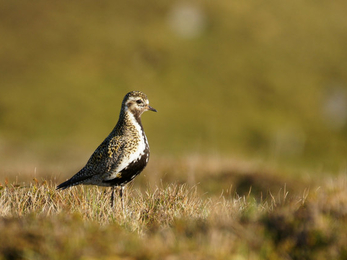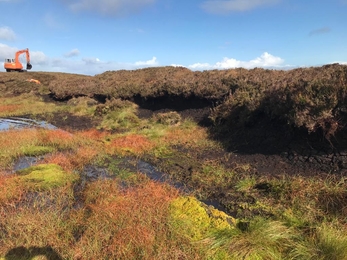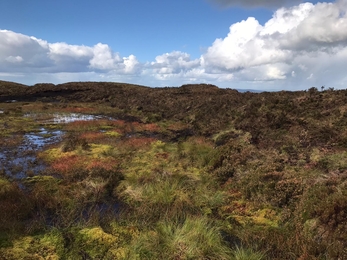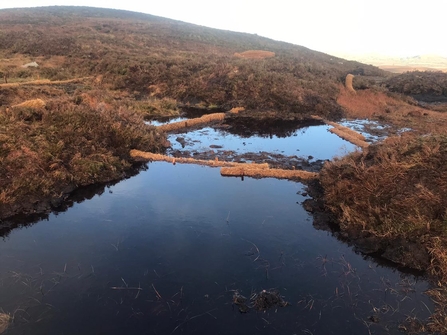Benefits of healthy blanket bogs
Blanket bogs are one of the world’s rarest habitats. The UK and Ireland boast 20% of the world’s total blanket bog area, with almost 10% of Northern Ireland covered in this globally scarce habitat. These landscapes are a refuge for some of our most iconic and endangered wildlife, like Golden Plover, Hen Harrier and Irish Hare. As well as underpinning NI’s hill farming industry, they provide us with drinking water and help alleviate downstream flooding.




